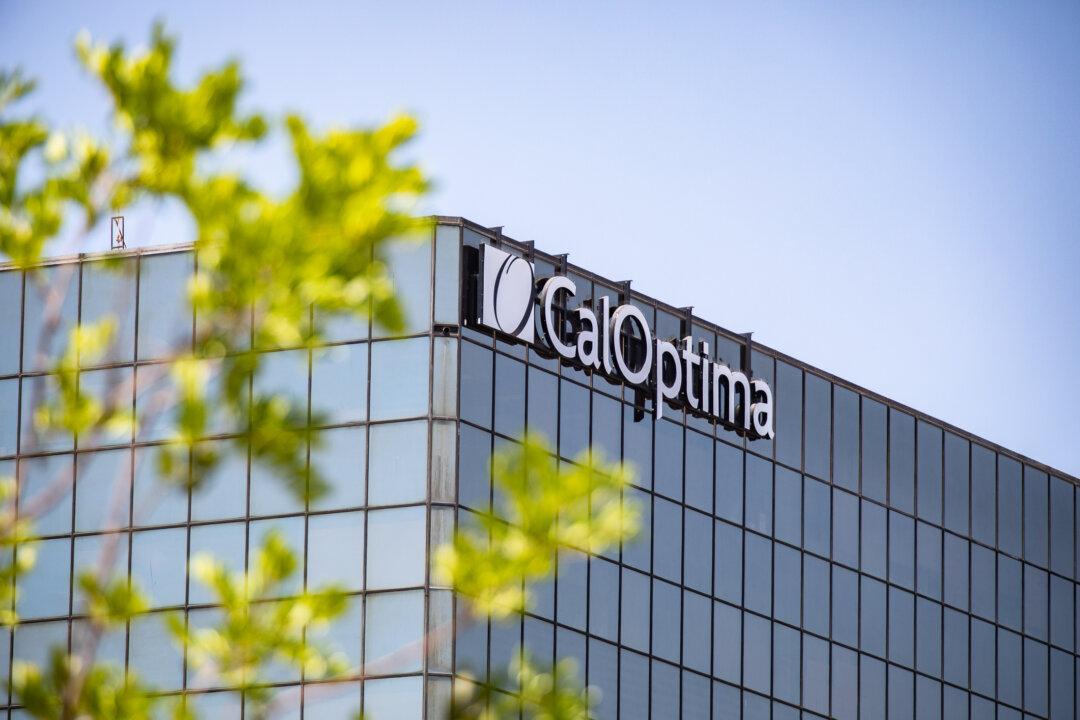A state audit conducted on CalOptima Health, Orange County’s medical insurance group for low-income residents, found the agency held back spending surplus funds on service improvement and did not follow best practices when hiring some executive positions.
Created by the county in 1993, the agency accumulated more than $1.2 billion in unrestricted funds as of June 2022, according to the state auditor’s report published May 2.





